21-Jan-2016 4:09 PM
The 2016 regional outlook at a glance
Airline Leader
General outlook and analysis for each regions, plus an outlook for global airports in 2016.
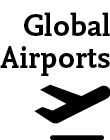 |
The business model of airports has changed and continues to do so. Airports have moved away from being mere infrastructure providers to full-fledged and diversified businesses. Adapting to this new paradigm will keep airport management on its toes throughout the coming year and well into the future. The importance of non-aeronautical revenue streams will continue in 2016. While it is entirely possible in the short term that secondary level airports may be able justifiably to demand higher charges from Ultra Low Cost Carriers (ULCCs) and LCCs if oil prices continue to be suppressed, all airports must accept that the role of Principal Customer is shifting away from the airlines towards the passenger. And there is an increased impact from the growing numbers of airport cities, aerotropolises and other such enterprises. There are already close to 100 formally academically recognised aerotropolises worldwide. |
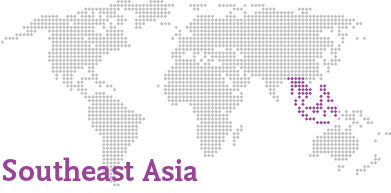 |
Malaysia Airlines' restructuring reaches its next phase in early 2016 as its European network is reduced to only one destination and the Emirates partnership is implemented. Singapore Airlines meanwhile implements a new partnership with Lufthansa as airlines are forced to adjust to the structural changes that have resulted from rapid Gulf carrier expansion in the Southeast Asia-Europe market. Thai Airways, which has reversed most of its capacity cuts to Europe, will need to make a move next. Regional and domestic markets throughout Southeast Asia remain challenging. Competition in Thailand remains irrational and Vietnam is also beginning to experience overcapacity. In Indonesia the Garuda-Batik and Citilink-Lion battles will intensify. Malaysia's short haul market fails to improve as MAS maintains capacity and AirAsia and Malindo continue to expand. Overall AirAsia slows its growth while Lion Group keeps on adding aircraft at a rapid rate, enabling it to overtake AirAsia as Southeast Asia's largest LCC group. SIA's Scoot is meanwhile expanding rapidly as it takes over unprofitable routes from SIA/SilkAir and enhances its partnership with Tigerair. |
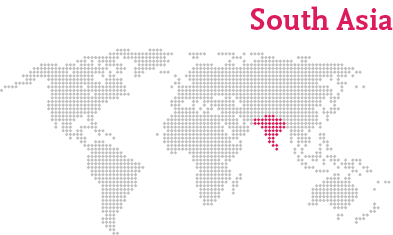 |
With fuel prices expected to stay close to current levels and India's GDP projected to expand at 7.5% or higher, 2016 should again achieve double-digit traffic growth and losses should decline substantially. The coming year could therefore mark the beginning of a structural turnaround, subject to rational capacity deployment and pricing. However, if India is to achieve a genuine, transformational step-change and claim its rightful place as one of the world's leading aviation markets, it needs an enabling aviation policy. The draft of a new policy due to come into effect in 2016 is certainly well-intentioned but many issues remain unaddressed or require more thought. Safety remains a major issue too, yet the draft policy does not sufficiently move the regulator towards the structural change that is required to ensure improvements in the sector. |
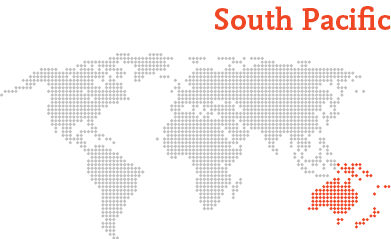 |
New Zealand will be a key battleground for the South Pacific in 2016. Air New Zealand is facing invigorated competition on all fronts as Jetstar advances in the regional domestic market and Qantas partner American Airlines arrives from across the Pacific. Perhaps advertising the route as "one of the highest yielding long-haul markets in the world" was unwise. United Airlines will also arrive from San Francisco, albeit in partnership with Air New Zealand. By Oct-2016 capacity between the mainland US and New Zealand will be up by 35% on Oct-2015 levels. In Australia, a painful realignment has taken place as Virgin Australia pushed for a larger slice of the corporate pie. Capacity is now flat and fares are trending gently upward, although it would take just a spark to set off round two - especially if Virgin feels its hard-won gains are under threat. |
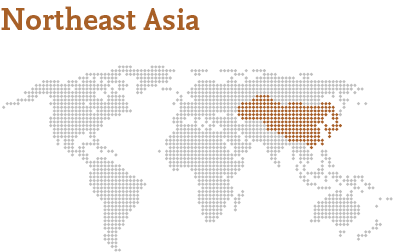 |
Unlike Southeast Asia, Northeast Asia will not be defined by restructurings. But it probably should be. Many carriers remain inefficient but are protected, such as through government support (as with China's state-owned carriers) or local inclinations to fly a national carrier (as in Japan). Although the region's LCC penetration rate is growing but not at the size of Southeast Asia, LCCs are making impacts in specific markets (Hong Kong-Tokyo, Seoul-Tokyo) that full-service carriers must respond to. Long-haul continues to be an upbeat prospect as geography permits the region's carriers to access North America non-stop. Europe and Australia can be more competitive and leisure in nature. The region must contend with the rapid international growth of Chinese carriers, occurring earlier and faster than they expected. International competition amongst Chinese carriers will be intense. China's core domestic market remains positive in outlook despite economic fears since slot shortages have long capped growth. |
 |
The Middle East is often considered in the context of long-haul flights, and there will be no shortage of excitement as Qatar Airways ramps up North American and Australian services while Emirates launches Dubai-Panama City, the world's longest non-stop flight, and Etihad expands A380 and 787 services. These markets are hotly contested and lower yielding than regional services, which are a quiet but handsomely profitable part of Gulf carriers' networks. They are becoming competitive as regional carriers - from Iran to Kuwait - boost their presence and realise the opportunities they have sat out on. For partnerships, Etihad will be bedding down its numerous acquisitions of the last few years while Qatar looks to expand partnerships within its oneworld alliance and outside (with Royal Air Maroc), while Emirates will renegotiate its partnership with Qantas. New entrants in Saudi, the most populous country in the region, remain uncertain. |
 |
Ethiopian is once again expanding rapidly, leveraging its hub and widening the gap with other African carriers. Royal Air Maroc has been accepted into oneworld, becoming the alliance's first African member-elect. Kenya Airways' and South African Airways' struggles will continue as restructuring efforts do not go deep enough and are set back by government intervention. Security issues will continue to plague North African carriers, making it impossible to become profitable. Some LCCs are making headway with expansion and new affiliates but this is offset by other LCCs running into new challenges and much needed liberalisation again fails to materialise. Rwanda has taken its first widebody but quickly discovers it is too much capacity and its ambitions as a hub carrier were far-fetched. Most flag carriers will continue to struggle but a couple are able to secure investment from Gulf carriers, which are keen to continue expanding their foothold in Africa. |
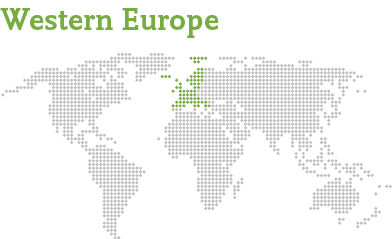 |
Europe's LCCs will continue to expand at a faster pace than their FSC rivals in 2016. Ryanair plans to increase its passenger numbers by 22% in 1Q2016 as it continues to reduce the gap between its winter and summer traffic levels. In the financial year to Mar-2017, Ryanair plans growth of just under 8%, similar to easyJet's planned growth of just over 7% for the year to Sep-2016. Norwegian, Wizz Air and IAG-owned Vueling are expecting to grow at double digit rates in 2016.
In contrast to the situation at IAG, the development of the low cost units of Lufthansa and Air France-KLM continues to be a bone of contention between management and unions representing employees in the mainline operators in these groups. Many of Europe's larger airlines have extensive fuel hedging programmes, as a result of which they have often been paying above market prices for fuel in 2015. A number of them will benefit in 2016 from hedges struck at lower prices. However, a soft unit revenue environment may dissipate the bottom line impact of this fuel cost reduction. |
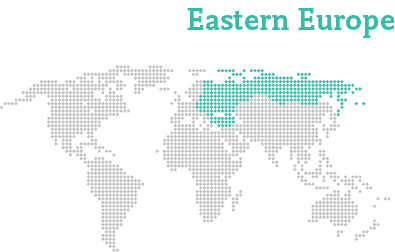 |
Eastern Europe's aviation market continues to outgrow Western Europe, although geopolitical risks are greater. The Greek market continues to defy the feeble macroeconomic environment, stimulated by Ryanair's Athens base and Aegean's network growth. Turkish Airlines, the biggest airline in eastern Europe, will increase its fleet by 12% in 2016. Pegasus will grow its fleet by 18% in 2016, only a little slower than the 22% growth in 2015. Aeroflot Group benefits from the weakness of domestic rivals and capacity cuts in Russia by foreign competitors. Aeroflot will take over some of bankrupt number two Transaero's routes and aircraft for its restructured regional airline brand Rossiya. Its Pobeda subsidiary leads in the budget segment. Ultra LCC Wizz Air had a significant 2015, carrying its 100 millionth passenger, completing an IPO, placing an order for 110 A321neos and achieving a record 1H profit. LOT Polish is moving from restructuring to a renewed growth phase. |
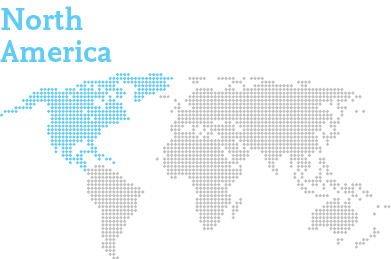 |
Domestic pricing softness in the US and Canada is continuing through early 2016. No North American airline that endured shrinking passenger unit revenues in 2015 is daring to offer an exact timeframe of when their respective performance will reach flat growth. Several factors are driving pricing dilution, but low fuel costs are allowing large North American airlines, particularly in the US, to offer lower prices on marginal capacity. However, as was the case in 2015, lower fuel prices should continue to drive record profitability for North American airlines in 2016 despite the pressure on pricing traction. All of the region's airlines are planning to increase capacity in 2016, and for now feel comfortable with their growth plans. But in a move to allay possible investor trepidation about capacity creep, several North American airlines have stated the ease of scaling back if conditions in the region take a turn for the worse. |
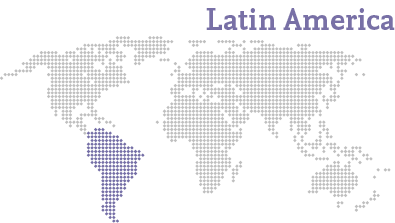 |
Brazil's economic woes intensified in 2015, dragging down Latin America's growth and forcing airlines in the region to adjust to new demand patterns stemming from the weakness. All of the large airline groups are adjusting their fleet forecasts, attempting to delay deliveries and shrink their capital commitments in light of the slower economic growth. Most airlines in the area are also planning limited capacity increases during 2016 as yields remain weak in nearly every Latin American country. Mexico holds some promise as the country's domestic market began to stabilise in 2015, and the domestic market in Peru continued to expand during the downturn. The start of 2016 held some promise for slight improvement as some weaker currencies showed signs of stabilisation, but the region faces a slow climb to a full recovery. Economic uncertainty in Latin America's largest aviation market, Brazil, continues to cast clouds over the region. |